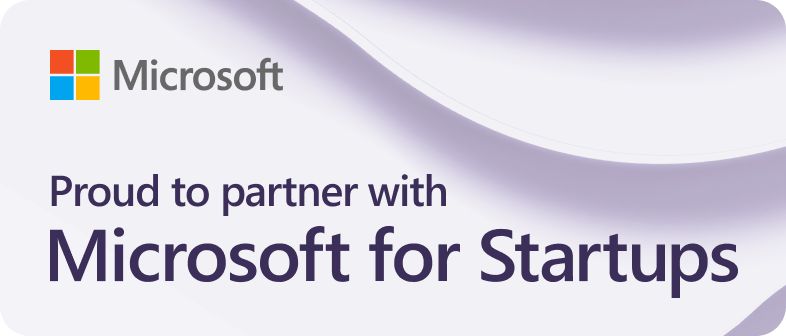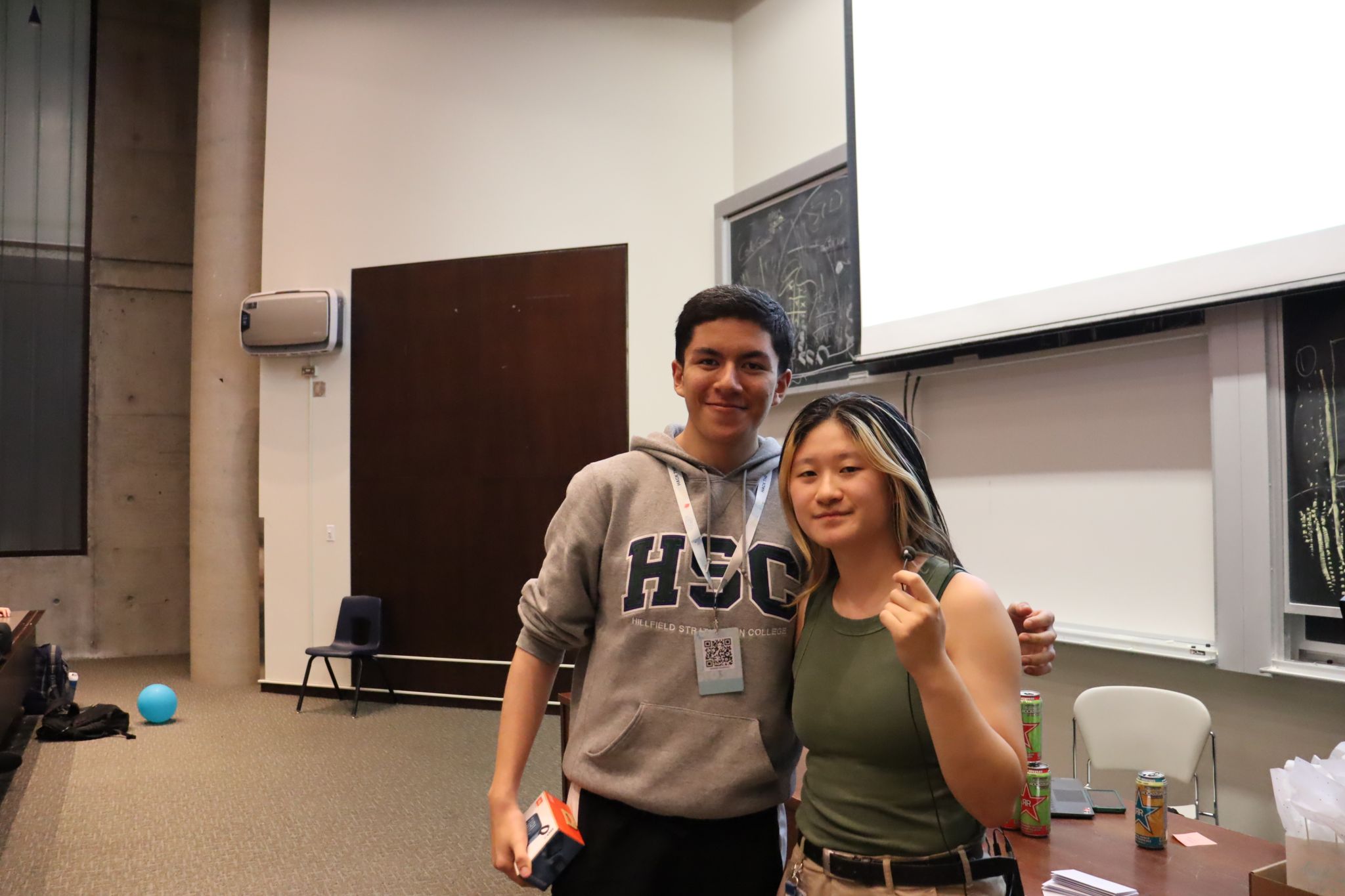Tablingos.
Making data clean and accessible
Data has revolutionized the world. With the exponential growth of digital technology, we’re now able to obtain vast amounts of information in ways that were previously unimaginable. From the largest enterprises, down to the smallest startups, everyone deals with data.
This data is in constant motion between a distributed network of systems. For example, your business may own a sales portal where customers are able to purchase your products. Your sales would then need to be shared with your billing platform in order to charge these customers. A third service could then take this information and perform some financial reporting.
Data also needs to be migrated when changing systems. Let’s say you’re a grocery store using inventory management system A, but you heard inventory management system B is cheaper and has more features, so you’re looking to make the switch. In order to do this, however, you need to take all of your product data currently stored on system A and migrate it over to system B.
These are core processes that are constantly taking place in our data-driven world.
Organizational data is almost always riddled with errors and inconsistencies between systems that reduce this valuable resource into nothing but pain and suffering. Every system has its own expectations of how its data has to be formatted and defined, and when these requirements aren’t met, disaster strikes. Projects are delayed and money is wasted.
Consider the common challenge of customer onboarding, which often involves dealing with headaches such as data format and quality issues. When these problems arise during the onboarding process, they can result in significant delays that stretch project timelines by several months, leading to wasted time and resources. Such challenges create unwarranted obstacles in providing a smooth customer experience.
Global healthcare organizations are no better, often consisting of various disjointed systems with different ways of storing patient information, ultimately leading to a failure to effectively share and streamline this data, literally endangering lives.
This is frustrating, but it doesn’t have to be. What we need is a seamless way to validate, transform, and integrate today’s data between the systems that power our world in an efficient and automated manner.
At Tablingos, I've built something that does that. My mission is to pioneer innovative solutions that guarantee clean and useable data, enabling people and businesses to prosper in a data-driven future.
Tablingos enables businesses to define validation and transformation rules for their data. Additionally, users will be able to upload their tabular data through the app (in the form of CSVs, TSVs, etc.), which will automatically transform and validate the data according to the defined rules.
Additional methods of inputting data, such as APIs, Webhook events, FTP, and S3 events, will be introduced to enhance the initial version beyond direct file uploading. Further improvements will also be made by adding support for additional forms of data, such as JSON, images, EEG, and more.


 Visit GitHub
Visit GitHub
